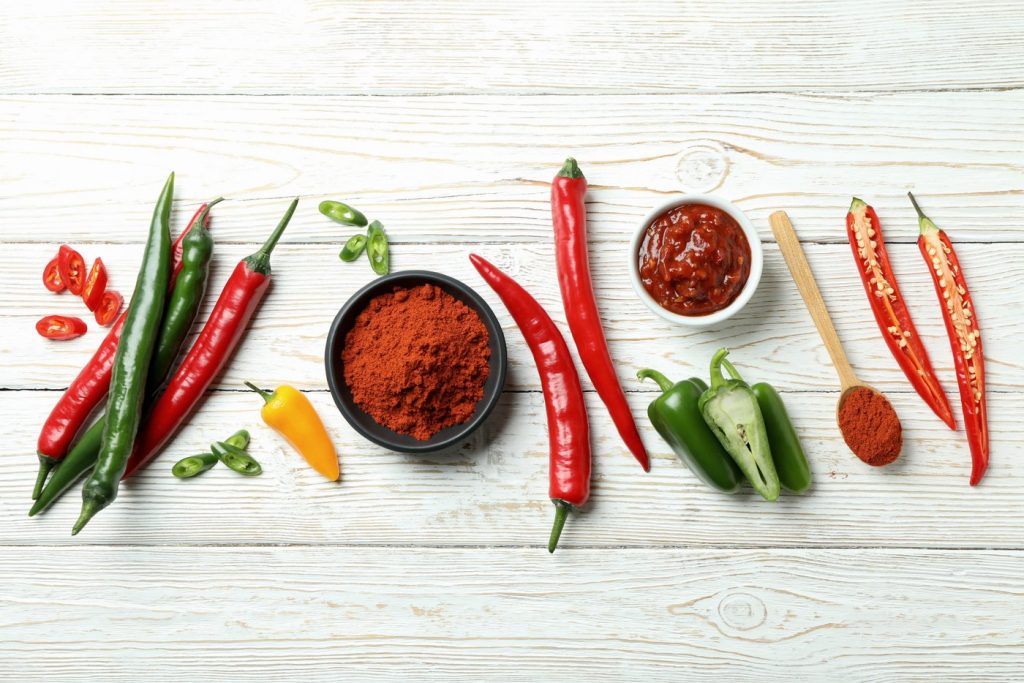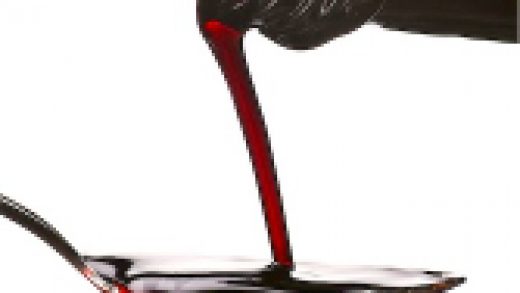Have you ever noticed that the spiciest cuisines come from the warmest places? It’s true. Look at Mexican food. Or Indian, North African, or Thai. They all use the hottest spices. Why would they use so many piquant spices when they live in such a hot climate?

According to Binghamton University Professor Michael Pettid, it derives from the Asian concept of balancing one’s life force.
“In East Asian cosmology, the idea of regulation of one’s ki (or chi, life force) is vital to overall health. Food is an important means to keep one’s ki properly attuned to the external environment. The practice of eating spicy or hot foods on hot days stems from the belief that one’s ki is cool in the summer and to bring that in balance with the external environment spicy/hot foods should be eaten.”
But it turns out that it’s more than just a philosophy, it’s also medical science. Spices like garlic, ginger, and peppers increase the circulation of blood. And that, according to Columbia University Professor Dr. John Thomas Pinto, helps cool you down.
“If you affect blood flow, that might also affect heat exchange in the body to allow sweating. Evaporation [of the sweat on skin] causes cooling.”
A favorite dish in Korea on the hottest days of the year is steaming chicken soup. Mexicans in the height of summer eat chili peppers like carrot sticks. Cumin and corriander are common spices in Indian dishes where the weather is almost always warm.
So, don’t be afraid of that hot broth or spicy enchilada just because the weather is warm. You might find it cools down Your Bachelor’s Kitchen.


